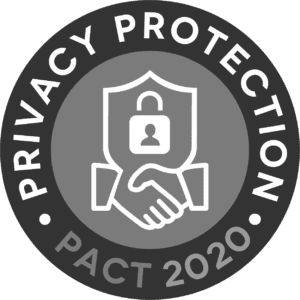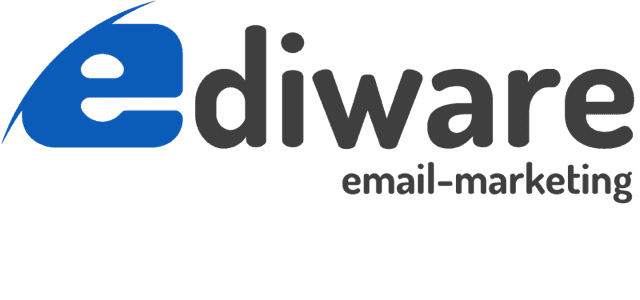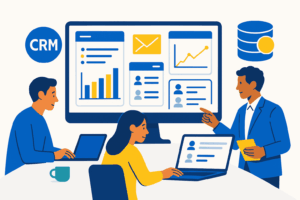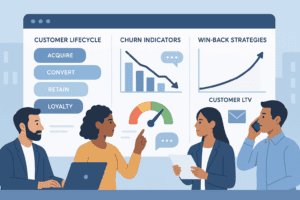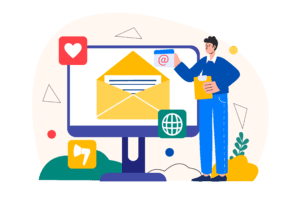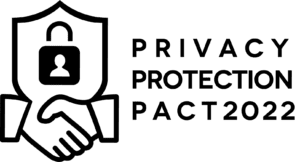Category: Premium B2B Email Marketing Platform France – Ediware
- Since 2004, Ediware has supported French B2B companies in their email marketing strategy. Our positioning? A premium alternative to standard solutions, with unmatched technical expertise in deliverability and human support based in France. In this section, discover news from our platform: new features, client case studies, sector analyses and our vision of the B2B email marketing market. We also share our feedback on evolving practices, emerging trends and challenges specific to the French market. Whether you’re a client, prospect or simply curious to understand what differentiates a premium email marketing solution, you’ll find unique insights here based on our expertise from over 2 billion emails sent for demanding B2B companies. Explore how we help our clients transform email into a predictable and scalable growth lever.
Our commitment
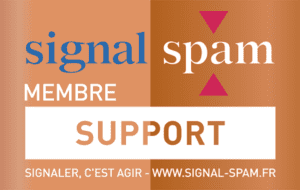
Signal Spam
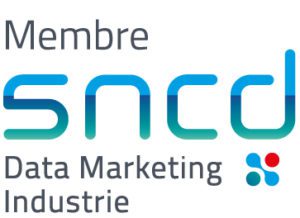
SNCD
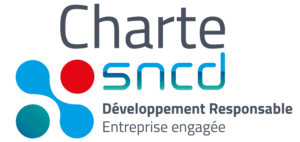
SNCD sustainable development
